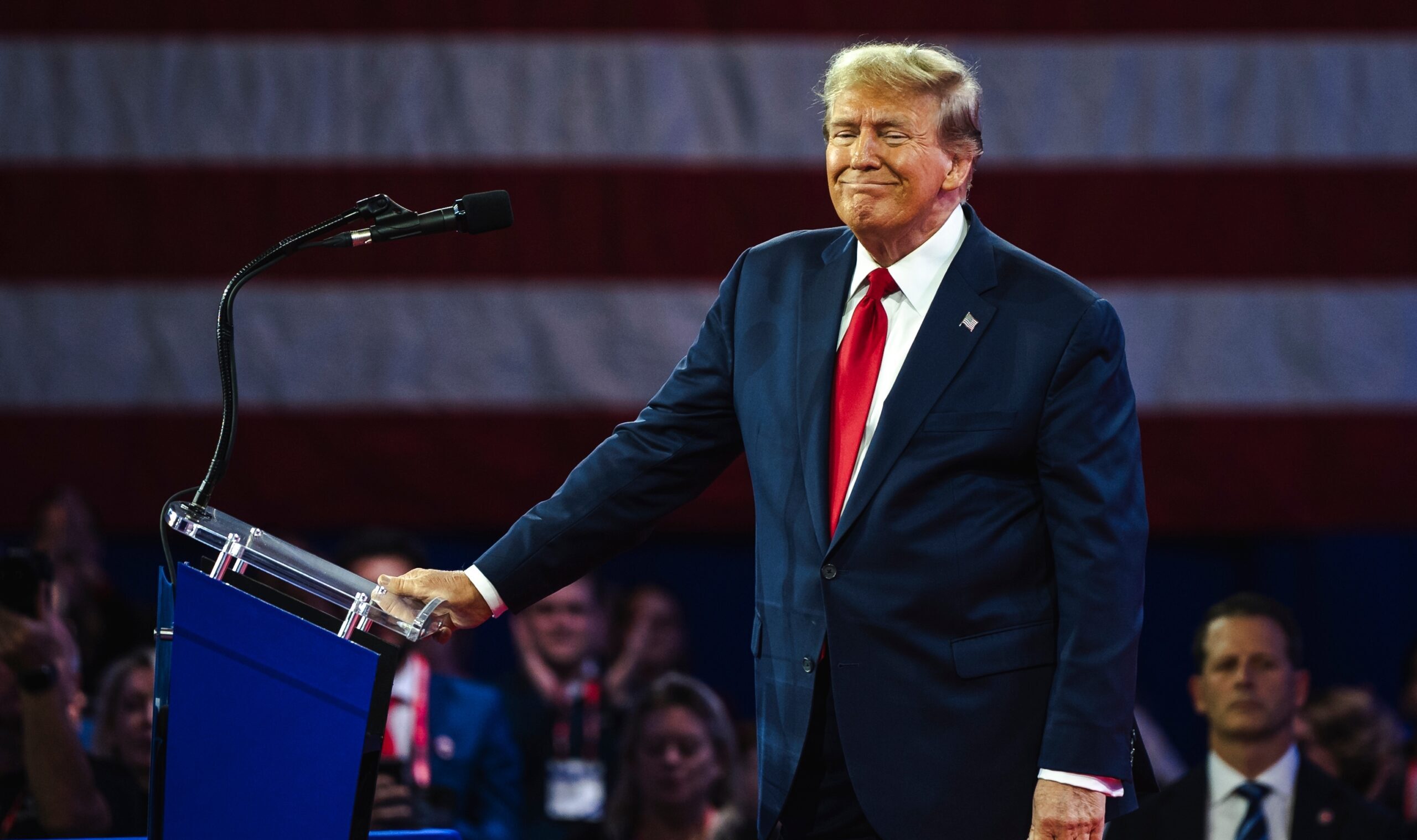Trifkovic on FDR & Pearl Harbor
There was a problem, however: FDR could not overcome the isolationist resistance to “Europe’s war” felt by most Americans and their elected representatives. According to the revisionists, Roosevelt therefore resorted to subterfuge and maneuvred the Japanese into attacking the United States. His real target was Hitler: he expected the German dictator to abide by the Tripartite Pact and declare war on America, and hoped that Hitler’s decision would be facilitated by a display of America’s apparent vulnerability and unpreparedness. Accordingly, even though Roosevelt was well aware of the impending Japanese attack on Pearl Harbor, he let it happen, and was relieved and pleased when it did take place.
The evidence to support this interpretation is circumstantial but extensive. The more important elements of the scenario proceeded as follows:
On October 7, 1940, a Navy intelligence analyst, Lt.Cdr. Arthur McCollum, prepared a memorandum for Roosevelt on how to force Japan into war with U.S. “It is not believed that in the present state of political opinion the United States government is capable of declaring war against Japan without more ado,” McCollum wrote. He therefore suggested an eight-point action plan in pursuit of two strategic objectives: to cajole Japan into attacking preemptively; and to facilitate that attack by not interfering with Japanese preparations and by making the potential target vulnerable. Specific measures that McCollum recommended were:
A. Make an arrangement with Britain for the use of British bases in the Pacific, particularly Singapore.
B. Make an arrangement with Holland for the use of base facilities and acquisition of supplies in the Dutch East Indies.
C. Give all possible aid to the Chinese government of Chiang Kai-Shek.
D. Send a division of long range heavy cruisers to the Philippines or Singapore.
E. Send two divisions of submarines to the Orient.
F. Keep the main strength of the U.S. fleet in the vicinity of the Hawaiian Islands.
G. Make the Dutch refuse to supply Japan with oil oil.
H. Completely embargo all U.S. trade with Japan, in collaboration with a similar embargo imposed by the British Empire.
“If by these means Japan could be led to commit an overt act of war,” McCollum concluded, “so much the better.” Over the ensuing months all of his recommendations were put into practice. Furthermore, the denial of oil from the Dutch East Indies was followed, on August 1, 1941, by the imposition of the U.S. oil embargo on Japan. ~Srdja Trifkovic
